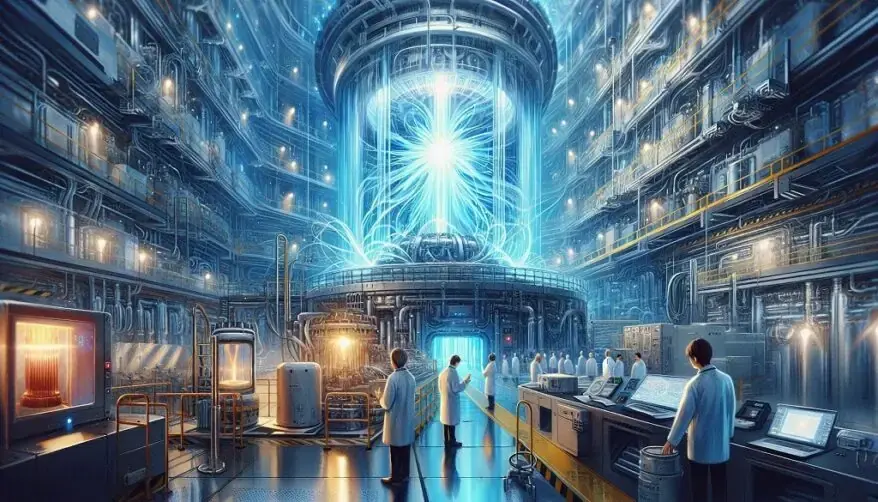The ITER’s Fusion Project Hits a Milestone: Long Road Ahead
Estimated reading time: 4 minutes
The world’s largest nuclear fusion reactor, the International Fusion Energy Project (ITER), has finally reached a significant milestone: its assembly is complete. But people worry because it won’t be ready for another 15 years. They question if fusion power can help solve the climate crisis in time.
The ITER is a collaborative effort involving 35 countries. Major countries involved in this project are are European Union, Russia, China, India, and the United States. They aimed to begin the project’s first full test in 2020. But, as Pietro Barabaschi, ITER’s director general, acknowledged, the ITER delay is not going in the right direction. The project’s budget has increased a lot. It started at $5 billion. Now, it is over $22 billion. They also propose an extra $5 billion to cover more costs.
ITER tokamak

The ITER tokamak, the heart of the fusion reactor, is an engineering marvel in itself. The device has 19 large coils. These coils are shaped into toroidal magnets. A toroidal magnet looks like a doughnut or a ring. These magnets can create a very strong magnetic field. This field is 280,000 times stronger than the magnetic field that protects the Earth. This impressive design, however, has come with its own set of challenges.
The main goal of ITER and other fusion reactor designs is to use the power of nuclear fusion. Nuclear fusion is the process that makes the Sun and other stars shine. It works by combining hydrogen atoms to create helium. Fusion reactors could make a lot of energy. They do this without making greenhouse gases or radioactive waste that lasts a long time. This could make fusion a game-changer in the fight against climate change.
However, replicating the conditions found inside the hearts of stars is no simple feat. The most common fusion reactor design is the tokamak. It works by superheating plasma, which is one of the four states of matter. The plasma is then trapped within a donut-shaped reactor chamber. Powerful magnetic fields keep the plasma in place. Keeping this turbulent and superheated plasma stable long enough for fusion to happen is a big technical challenge.
Reasons for the Delay ITER’s Fusion Project
First conceived in the 1980s, the ITER collaboration officially came together in 2006. Construction began in 2010, with the expectation of operations starting around a decade later. Building components at sites around the world is complex. This complexity has caused many problems. There were faults in manufacturing. The COVID-19 pandemic caused problems. Building a unique machine added to the complexity.
According to Pietro Barabaschi, the Director General of ITER, the delay is necessary. They need more time to make sure the machine is complete. It must also meet the safety requirements set by the French Nuclear Safety Authority (ASN). Previously, the ASN stopped construction. They were concerned about worker protection. High-energy neutrons from the fusion reactions can be very dangerous. There was also potential for the tokamak, a doughnut-shaped reactor, to leak.
The new timeline means that the ITER reactor will now start in 2034. This is a big delay from the original goal of around 2025. People are worried about this delay. They fear the project may be outdated by the time it starts. This is because private fusion companies are making progress much faster.
Closing Remarks
The completion of ITER’s assembly is a big achievement. But there is still a long way to go before it starts working. This shows how challenging the quest for fusion power is. Scientists are determined to solve these problems. However, the delay shows how hard it is to achieve fusion. It also points out the need to look at other ways to tackle today’s environmental problems.
The delay in ITER’s operation shows that fusion power is unlikely to solve the climate crisis soon. Scientists need to look for other renewable energy sources. They also need to develop new technologies. This is important for finding sustainable energy solutions quickly.
For more information on the latest developments in fusion research and other scientific advancements, visit ENTECH Online.






